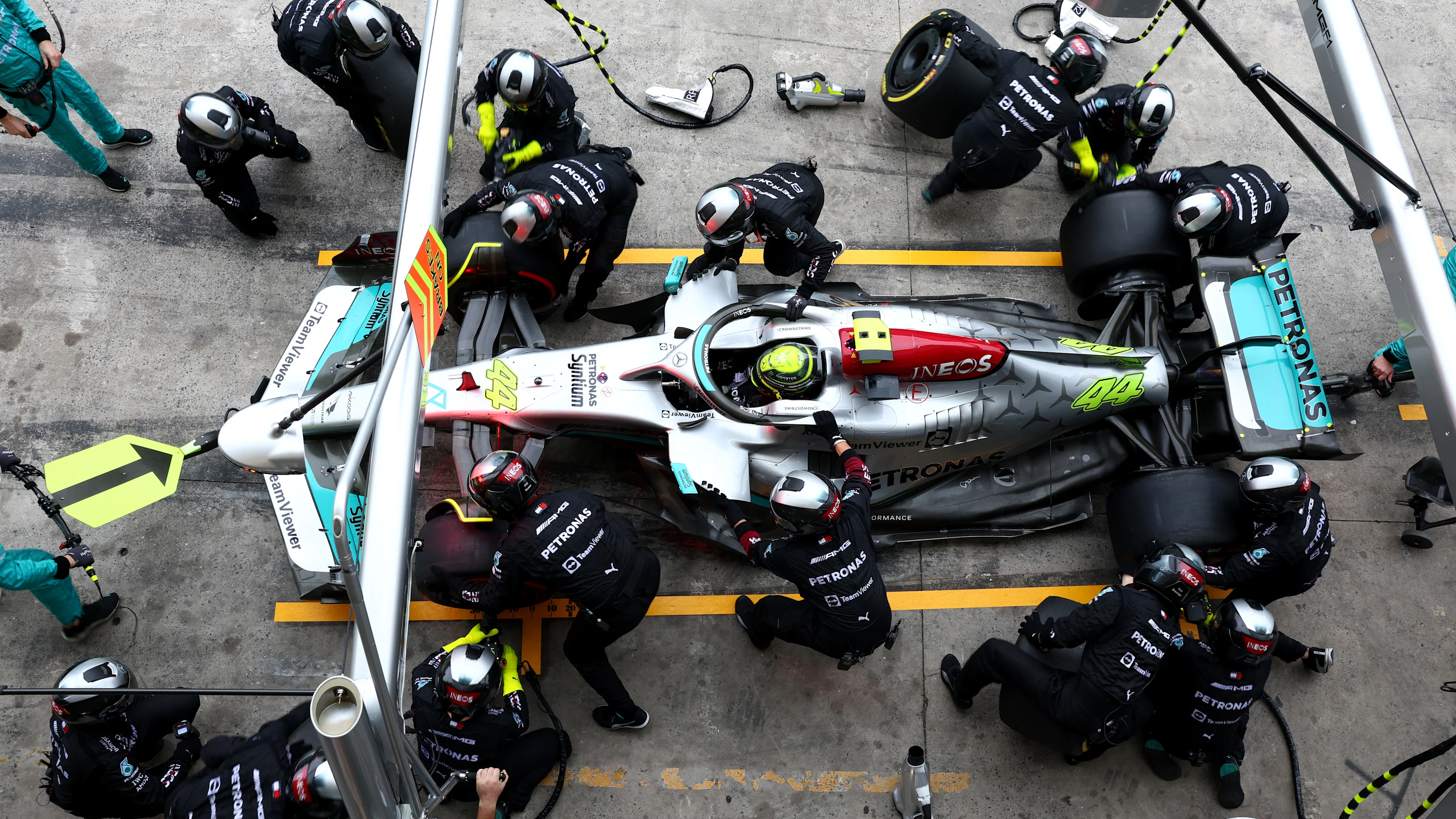The final race of the season is upon us and despite a two-by-two look to the grid at the front of the field there is plenty of uncertainty when it comes to strategies. So here are some of the different options that are available to the teams in Abu Dhabi.
What’s the quickest strategy?
At the same circuit that Pirelli tested its finalised 2022 tyres for the first time last year, the Italian supplier was expecting a one-stop to be the quickest option just like last year. But Friday practice running (in FP2 specifically as the session that starts at the same time as qualifying and the race) has shown a two-stop to be quicker.
The unexpected issue was higher levels of degradation, coupled with graining – when little bits of the tyre tear off the surface but then immediately stick back onto it, making for an uneven contact patch that offers less grip – that has made it difficult to execute long enough stints to make a one-stop work effectively.
There are multiple options available with the majority starting on the medium compound tyre, but the outright quickest sees a first stint of between 16 and 23 laps on the medium before switching to hards for the middle stint, aiming for a second pit window of Lap 37 to Lap 44 to return to mediums.
The problem for Sergio Perez, Ferrari, Alpine, and AlphaTauri is that they all only have one set of the mediums available, but for the rest of the field this is a viable option.
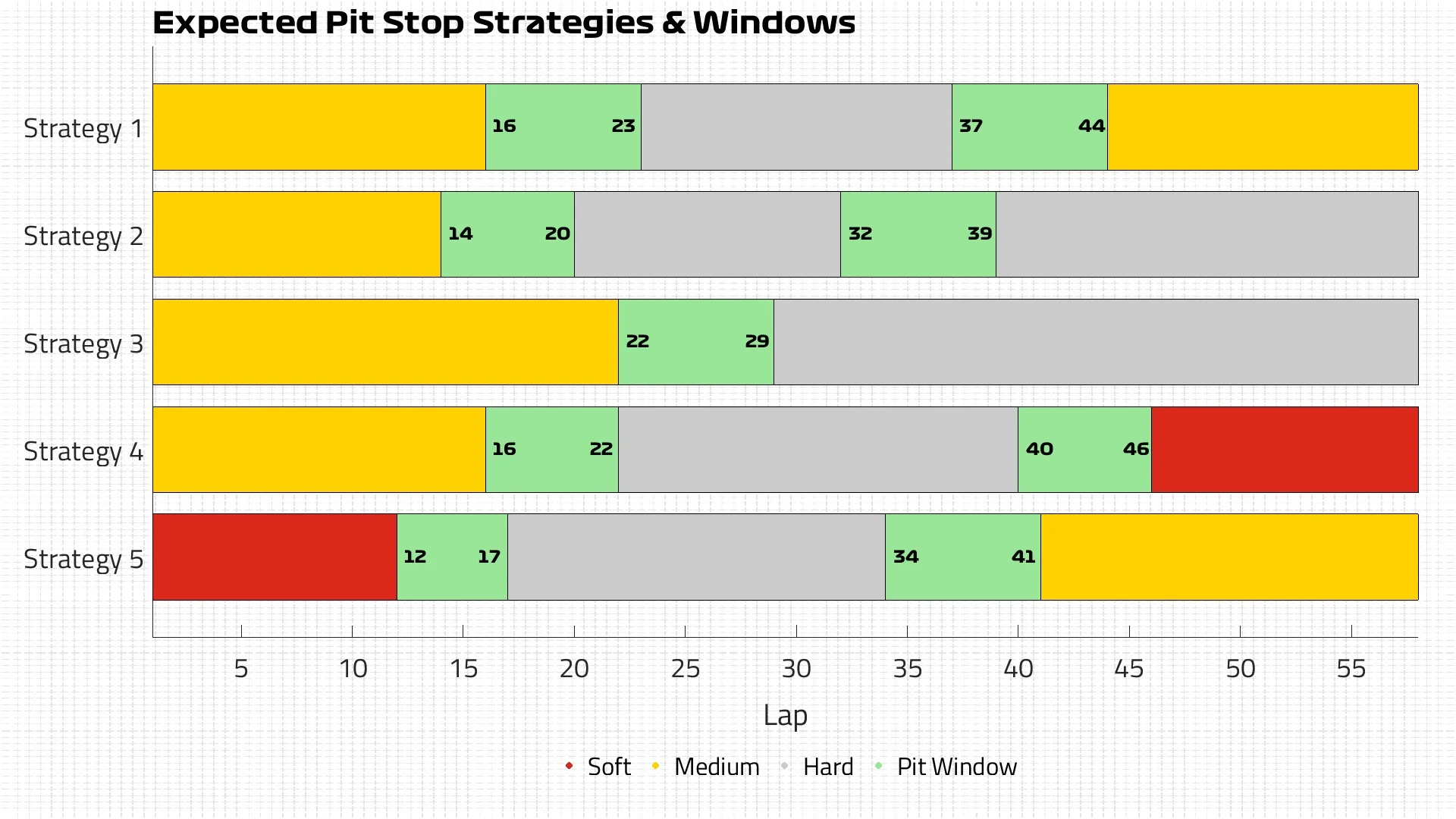
How about a different option for the top 10?
So what is more likely for Perez, Charles Leclerc, Carlos Sainz, Esteban Ocon and Fernando Alonso? It’s still a two-stopper, and they are still most likely to want to favour the medium compound at the start to get good performance off the line, but a shorter first stint of up to 20 laps would then see a middle stint on the hard compound, and then a switch to hards once again between Lap 32 and Lap 39.
All of the above drivers have two sets of hards available to try this strategy, and they are the only ones on the grid to be able to do so, which could prove to be a big advantage.
However, all of the top ten – whether they have two sets of hards or mediums available – can also consider a one-stopper that utilises the medium and hard compound.
Starting on the medium, the crucial stint is the first one as it needs to be extended to at least Lap 22, but realistically as close to Lap 30 as possible to then be able to fit the hard compound and have a chance of making it to the end of the race.
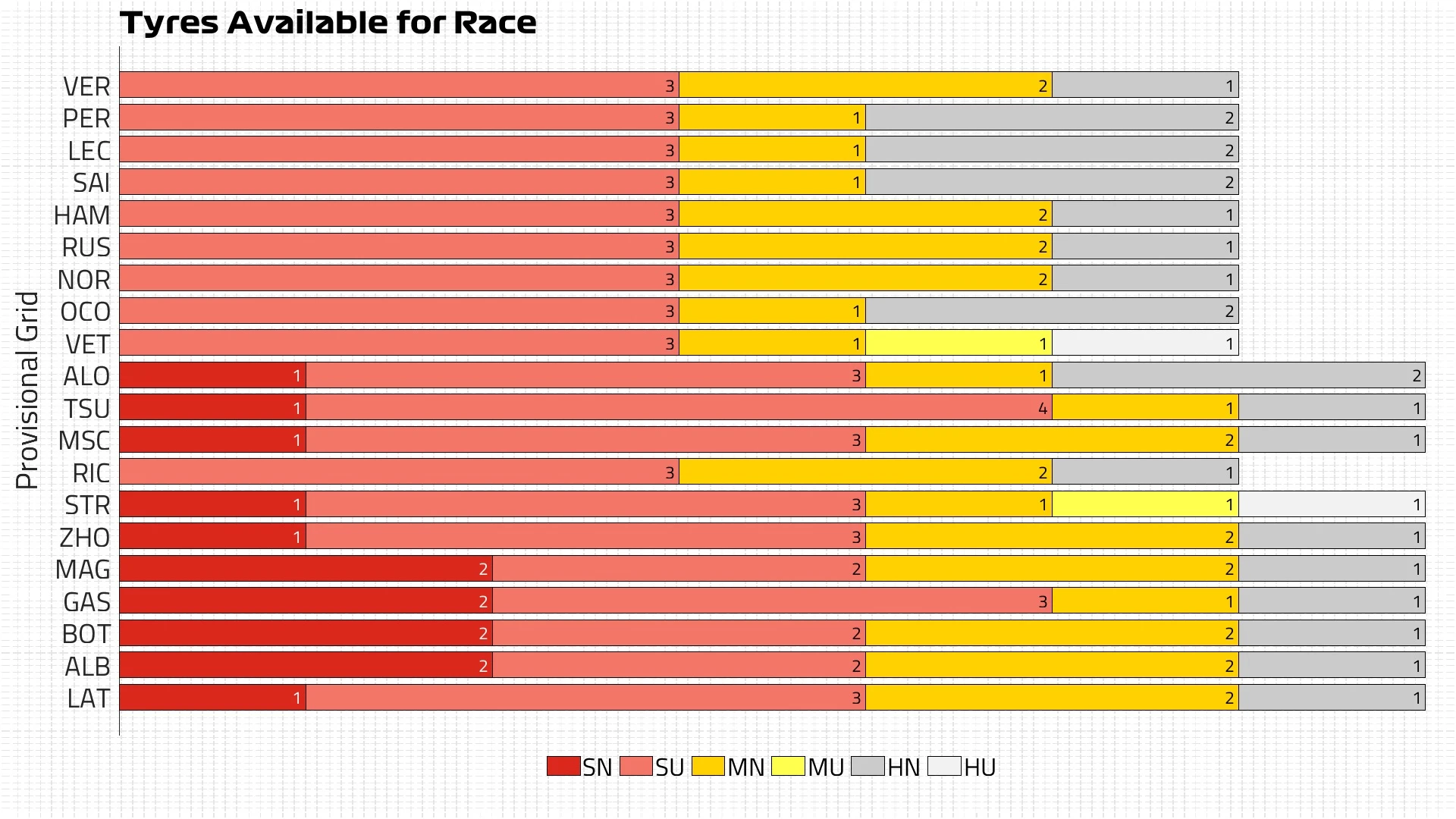
What are the options for the bottom half of the field?
Some alternative strategies are quite interesting because they open up the possibility of using all three tyre compounds during the race, just as was the case a week ago in Brazil.
In a similar option to the quickest overall strategy, a first stint on mediums followed by a switch to hards and follow similar pit windows, but the middle stint on hard tyres would need extending to at least Lap 40 to allow a change to soft tyres for the sprint to the flag.
That same strategy could also be run but with the softs for the start of the race to get the best possible performance off the line and on the opening lap, although the higher levels of degradation with a heavy car is likely to require a pit stop by Lap 17. That puts a bit more pressure on the middle stint to get it within range of Lap 34 to switch to mediums, but it is an option open to everybody.
Similarly, the reverse of the above one-stop strategy is also feasible, but less likely to be used by anyone in the top ten. Starting on the hard will come with a deficit of around 0.4s per lap in terms of performance compared to the medium, although that gap is regularly up to 50% smaller in race situations when drivers are managing the pace.
A final stint of around 25 laps could be targeted on the mediums, although if they could get closer to 15 laps remaining then the softs could even be considered for the last part of the race.
Starting on the hards is realistically a strategy for a driver lining up near the back of the grid and willing to run as long as possible before hoping a well-timed Safety Car would allow a pit stop that would be some seven seconds quicker than under green flag conditions.
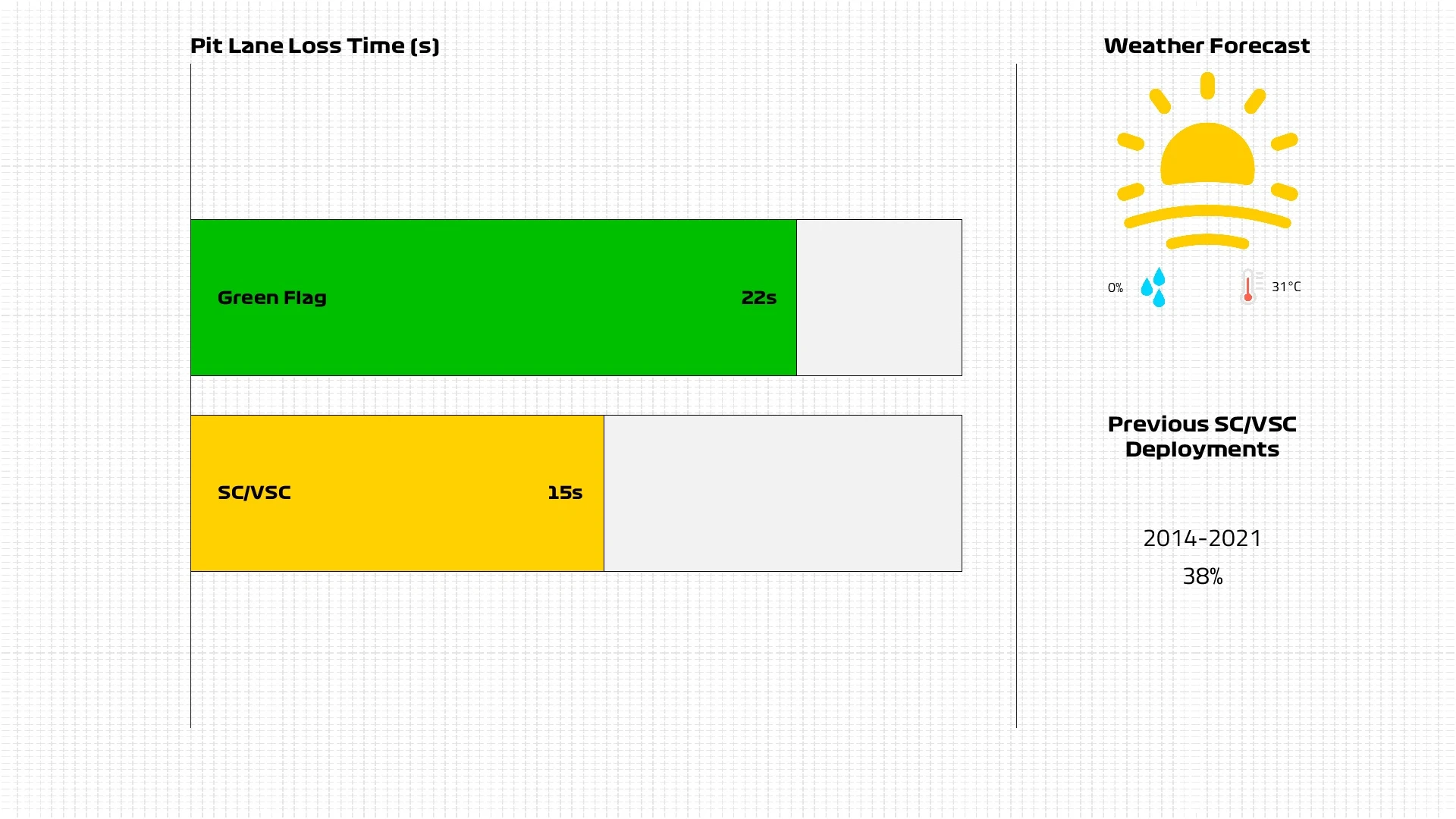
Wait, but what’s the weather doing?
Well, we’re in Abu Dhabi where the weather for races has been as close to guaranteed as you’ll get in recent years, with sunny days and clear evenings as the race takes place at sunset.
The first part of the race is set to take place in temperatures over 30C and be a challenge for the tyres, but then as the sun sets the track temperature starts to drop considerably, even if the air temperature stays high.
HIGHLIGHTS: The best action from qualifying as Verstappen storms to pole position in Abu Dhabi
The lack of sunlight on the track surface has a major impact, and the biggest challenge these conditions provide is the change of balance that a car will go through as the track temperatures drop. For some, they might be happier with their cars in the early part of the race, while others find it is tough to handle in the opening laps but comes alive as the grand prix unfolds.
The risk of rain? That’s 0%.
Next Up
Related Articles
 Norris hopes title win doesn’t change him as a driver
Norris hopes title win doesn’t change him as a driver 3 inspiring individuals share their paths to working in F1
3 inspiring individuals share their paths to working in F1 Hulkenberg pleased to score points in Sauber’s final race
Hulkenberg pleased to score points in Sauber’s final race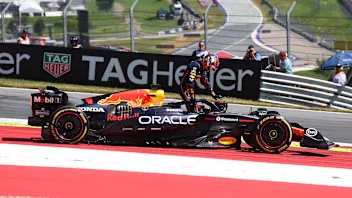 ‘I hated this car at times’ – Verstappen on his 2025 season
‘I hated this car at times’ – Verstappen on his 2025 season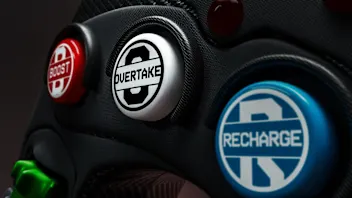 EXPLAINED: The new key terms for F1’s new-for-2026 rules
EXPLAINED: The new key terms for F1’s new-for-2026 rules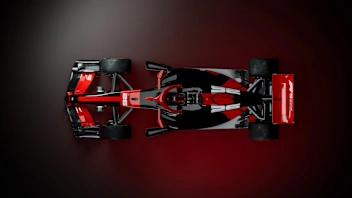 Everything you need to know about F1's new rules for 2026
Everything you need to know about F1's new rules for 2026

